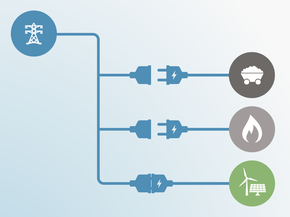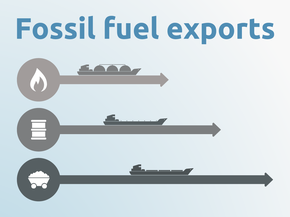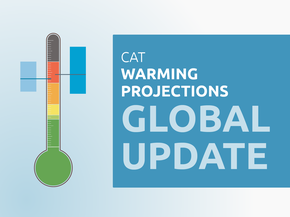Country summary
Overview
The 2018 elections have moved Brazil further away from increasing its climate action and from fulfilling its commitments under the Paris Agreement. During his election campaign, President-elect Jair Bolsonaro flagged his opposition to many of Brazil’s existing climate policies: reducing greenhouse gas emissions to achieve its Paris commitments, the maintenance of protected forest areas, ensuring the integrity of environmental licensing and cutting fossil fuel subsidies. With Governors in the states where climate action is most needed (e.g. Amazon) pledging support to Bolsonaro, these claims are of special concern for the future of climate action in Brazil.
Brazil’s remarkable progress in forestry emissions mitigation observed since 2005 has stopped, with deforestation and resulting emissions increases picking up speed again in recent years. The outgoing President Michel Temer had already begun reverting key environmental policies in Brazil. In previous assessments, the CAT had raised concerns about the budget cuts of 50% to the Environment Ministry and 70% to deforestation monitoring authorities, and the reversal of LULUCF policies already in place (e.g regularising more illegal land-grabbing practices and removing protection from national forests).
However, Bolsonaro has signalled he wants to go even further than the current government with plans to eliminate the Ministry of the Environment altogether, and merge it with the Agriculture Ministry. The concern here is that the latter may be staffed with “ruralists” who have traditionally opposed land preservation efforts and other anti-deforestation policies. During the election campaign Bolsonaro signalled his intention to open up the Amazon rainforest to the mining and agricultural industry, and abolish penalties for illegal deforestation. Deforestation increased by 36% during the election period, due at least in part, national experts say, to illegal loggers responding to his implicit support.
Despite the negative developments in climate policy and emissions, the Brazilian government has recently claimed it had achieved the 2020 LULUCF pledge three years ahead of time. While the statement is factually correct, there are a number of caveats that should be taken into account:
- Brazil had already achieved most of the deforestation reductions of the 2020 pledge in 2012 (see also our previous assessments). Since then, LULUCF emissions have started increasing again.
- The Decree on the 2020 target also specifies a reduction in the amount of annually deforested area. These reductions are far from being achieved according to recent government figures. For instance, the 80% deforestation reduction in the Amazon specified in the Decree would mean 3,907 km² deforested per year, but, in the 12 months to July 2017, 6,947 km² were lost.
- This reversal in LULUCF policies, expected to be made worse by the incoming government, is projected to have negative consequences for deforestation in the coming years, potentially causing Brazil to miss its 2020 and NDC deforestation targets by a large margin.
Given the key role of the LULUCF sector in Brazil’s NDC and the huge global importance of its forests for environmental services, biodiversity, and carbon sequestration, the Brazilian government urgently needs to strengthen mitigation action in this sector—instead of weakening it. The election of Bolsonaro as President is at odds with the urgent need for climate action in Brazil.
Total deforestation increased almost 30% in 2016 compared to 2015 with more than 50% in the Amazon region, adding around 130 MtCO2 to total net emissions in 2016. This increase in emissions goes in the opposite direction of Brazil’s commitments under the Paris Agreement, which include a target of zero illegal deforestation in the Brazilian Amazonia by 2030.
Emissions in most sectors are expected to rise at least until 2030. To peak emissions and rapidly decrease levels afterward as required by the Paris Agreement, Brazil will need to reverse the current trend of weakening climate policy, by sustaining and strengthening policy implementation in the forestry sector and accelerating mitigation action in other sectors— including a reversal of present plans to expand fossil fuel energy sources.
We rate Brazil’s NDC “Insufficient,” meaning that its targets are not consistent with limiting warming to below 2°C and instead are consistent with warming between 2°C and 3°C: if all countries followed Brazil’s approach, warming would reach over 2°C and up to 3°C. If the CAT were to rate Brazil’s projected emissions levels under current policies, they would also be rated “Insufficient.”
Further analysis
Latest publications
Stay informed
Subscribe to our newsletter







